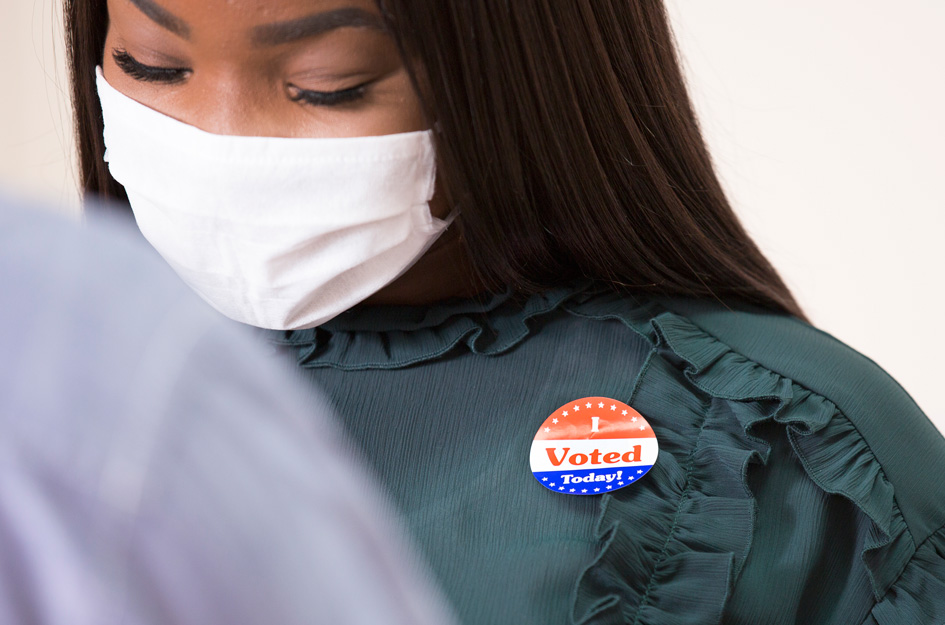America’s youth are the future leaders who will shape our nation and empower change in every community. As advocates for kids and teens, Boys & Girls Clubs of America knows the importance of championing policy and solutions for the issues that matter most to successful outcomes and equal opportunities for every young person.
But it isn’t enough for youth advocates, educators and parents to do all the talking. Even before they reach voting age, young people need to be educated and involved in civics, and exercise their rights to be heard. The election season offers many chances for caring adults to educate youth on voting rights and the difference that one person can make in the American democracy.
Here are some ideas for getting kids, youth and teens interested in the election process.
Teens (Ages 13-18)
- Leadership in Action – Help your teen brainstorm community service projects that are near to the issues that matter most to them. If your teen wants to make a difference on climate change, they can organize a roadside litter cleanup or recycling event. Reading books to younger children is one way to get involved if education policy matters to your teen. Remember to allow for social distancing, wear a mask and follow other safety precautions.
- Contact Congress – Teens can have their voice heard by writing a letter to or contacting their elected officials. Get started by using the form found here.
- Know How to Register – Although one must be 18 years old to cast a ballot, teens can learn how to register to vote so they are ready when they reach that milestone. In some states, preregistration for voting begins at age 16. Check out this MyFuture activity to learn about voting and why your voice matters.
Middle School (Ages 8-12)
- Make Civics Fun – Youth can learn more about the election process using fun, interactive activities on MyFuture, a digital platform from Boys & Girls Clubs of America. Try out Fact or Fake to learn how to identify credible information found online. In Photo Advocate, youth can use photography to advocate for an issue or cause that matters to them.
- Hold a Mock Election – Teach youth to be informed voters by hosting a mock election. Create ballots with the actual candidates running for national, state and local office. Before casting votes, talk about the policy and solutions that each candidate represents. Tally up the votes and compare your results to the real election.
Kids (Ages 5-8)
- Read Up – Age-appropriate books are a great way to introduce the election season to children. Open a picture book or early reading book to make learning about a complex topic easier. Check out this list from A Mighty Girl for stories about women in government and politics.
- Take a Family Vote – Find small ways to introduce voting concepts to children. Allow siblings to cast their vote on dinner menus, family outings or other fun everyday activities. Make sure to follow through with the winning selection.
- Go to the Polls – Perhaps the best way to teach kids about voting is to model the behavior. Let kids know that you are going to the polls. In most districts, children can accompany parents to the polls – just check with your election office first and try to avoid busy times so kids don’t stand in any lines. Ask for an extra “I Voted” sticker for kids that come along.
Learn more about how Boys & Girls Clubs of America advocates for young people in communities across the nation.
Stay in the Know
Boys & Girls Clubs of America provides mentorship, programs and meaningful life experiences that boost youth self-esteem, build confidence and contribute to overall positive and healthy wellbeing. Sign up for our newsletter to receive the latest resources and stories.

